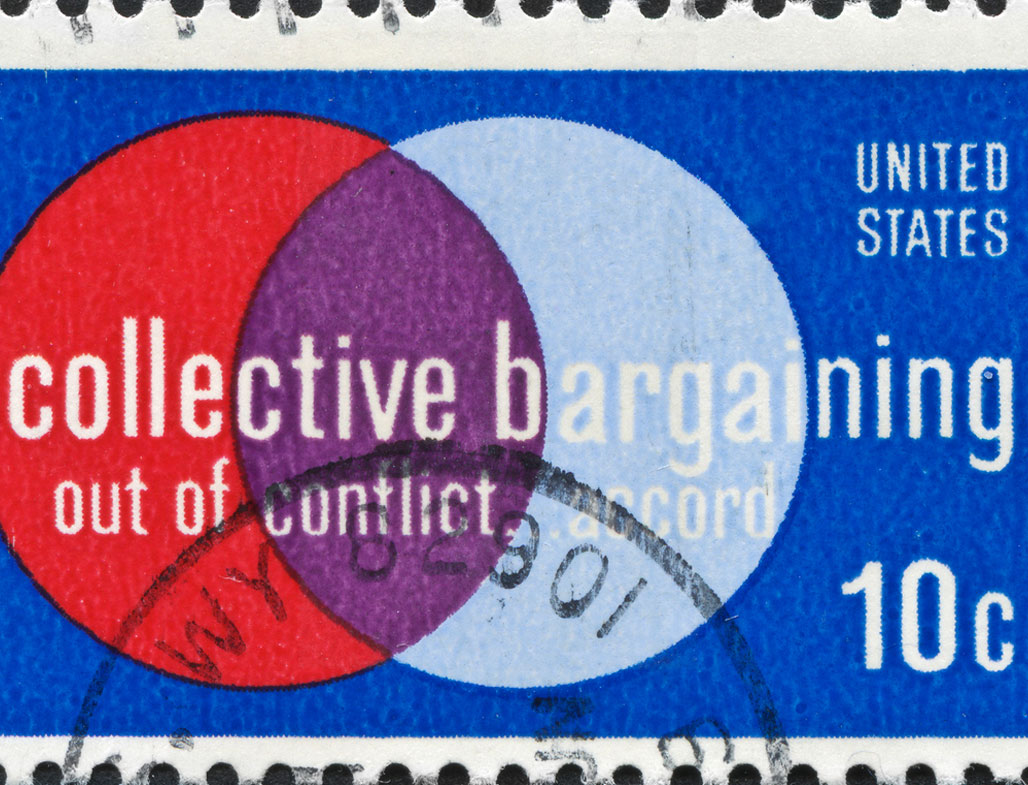When workers are members of a labor union, they give to the labor union the right to negotiate an employment contract between the employer and employees. This contract is known as a collective bargaining agreement, or “CBA.” This Agreement sets forth most of the terms and conditions of employment for those members of the union covered by that CBA, such as wages for individual jobs, the percentages those wages need to be raised at periodic intervals, benefits such as vacation and sick days, health insurance and pension plans, work hours, job functions for specific jobs, reporting relationships and discipline procedures.
The CBA limits the employer’s right to discharge employees by requiring the employer to show “cause” for discharging an employee. The agreement will define what is considered “cause” for discharge, and most likely will include violation of workplace policies, repeated and intentional gross misconduct, or job performance at very unsatisfactory levels. Collective bargaining agreements also may set the procedures for an employee who chooses to dispute his or her discharge, such as filing a grievance, and will lay out the grievance procedure that needs to be followed.
The CBA also outlines the rights management has – and certain rights may be lost if not specifically reserved to management in the CBA.
The CBA is in place for a certain number of years – but the duration of the contract has no relation to the duration of the employment of the employees under that contract. Just because a CBA “expires,” does not mean that the union employees are no longer employed. The company and the union are required to make efforts to renegotiate the agreement and the old agreement may remain in place even after it “expires” if no new agreement is finalized.
